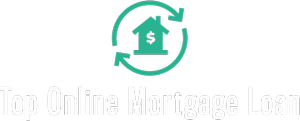Mortgage loans can be of several types. A conventional mortgage loan is the most common form of this financial product. It is similar to other types of mortgage loans but what sets it apart is the fact that it is not backed by the government. Subsequently, conventional mortgage loans can be conforming or non-conforming loans. Out of the two, non-conforming loans offer some flexibility as conforming ones abide by the rules imposed by the Federal National Mortgage Association and Federal Home Loan Mortgage Corporation.
Looking deeper at conventional mortgage loans, their model as a product is very straight forward. Lenders such as banks provide conventional mortgage loans. These loans have stricter conditions than loans that are backed by the government.
A Conventional mortgage loan usually has a fixed interest rate. Having a fixed interest rate offers the security that the payments will not increase throughout the life of the loan. This can be a great advantage but comes with a cost. A conventional mortgage loan requires a down payment and the credit score of the borrower plays an important loan.
The current qualification requirements for a conventional mortgage loan became stricter after the 2007 subprime mortgage meltdown. Since then, the concept of no down payment and no verification mortgages have disappeared. Lenders now require a down payment for the borrower to prove that they can afford the monthly payments of the mortgage. Also, lenders look at how much would the loan affect your gross income. Most banks reject a conventional mortgage loan application if the mortgage payments exceed 28% of your gross income. They will go beyond that and request proof of employment, asset statements, proof of income, and other types of documents to serve as proof that you are financially stable. Keep in mind that your credit score and debt-to-income matter a lot when applying for a conventional mortgage loan.









